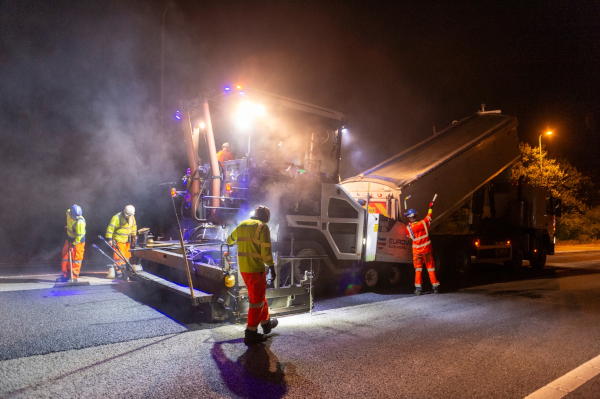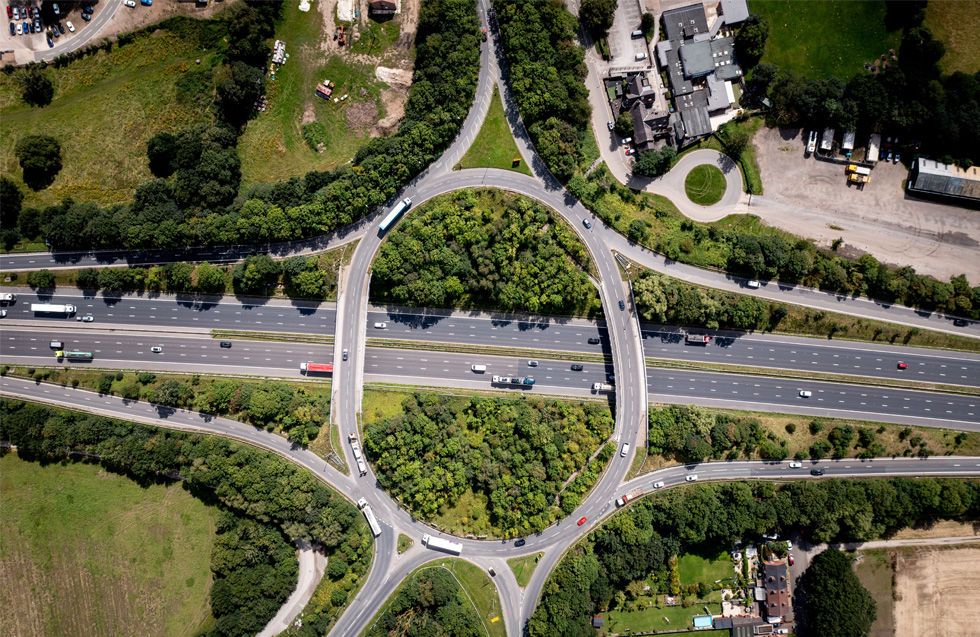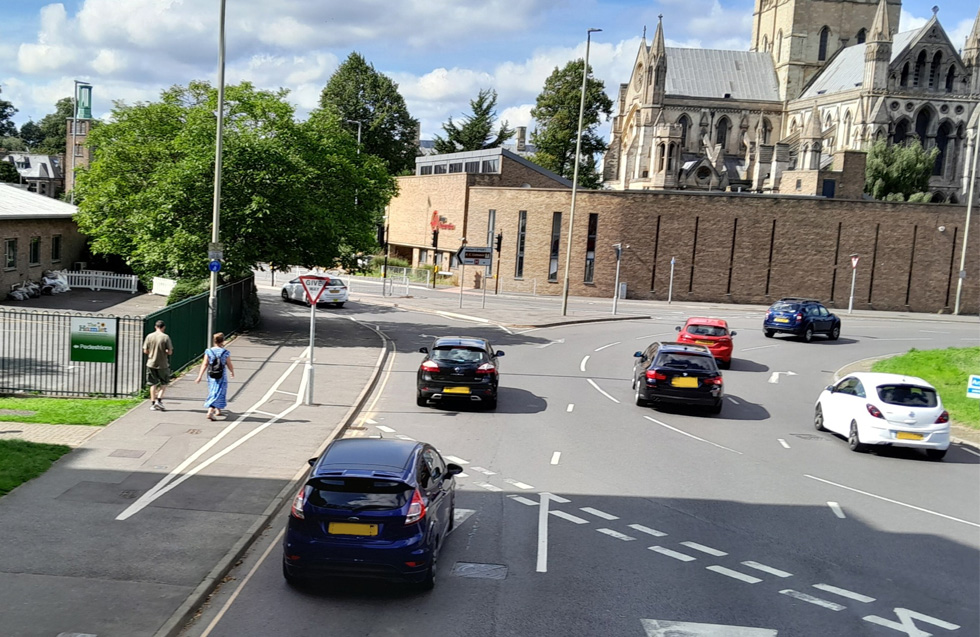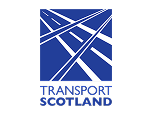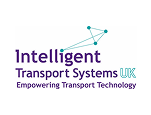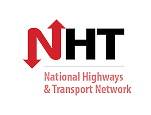Safety and security firm Highway Care and technology provider Neology have announced a new partnership for the use of Temporary Average Speed at Roadworks (TASCAR).
The partnership is based on Neology's Home Office Type Approved average speed solution, which is already established on the strategic road network (SRN) and approved for use internationally.
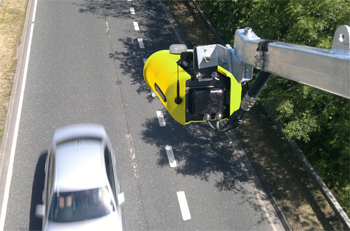
Highway Care said the technology provides proven benefits to the road safety of roadworkers, as well as smoothing the flow of traffic through often long and congested areas of the network while speed restrictions are in place.
It described the partnership as providing a turn-key offering for contractors working on the SRN and the local road network, by providing innovation services in addition to average speed enforcement technology.
Additional services can be provided through the partnership's joint capabilities, if required. These include temporary barrier systems such as the BG800, operational delivery services, and roadside technology, including journey time monitoring systems, and vehicle classification services.
Highway Care operations director Andrew MacCuish said: ‘As innovators and leaders of highway safety solutions, Highway Care are thrilled to have established a partnership that will provide a base for further innovative opportunities, as well as providing enhanced safety benefits in addition to our current range of safety solutions.'
Luke Normington, managing director of Neology, said: ‘We are delighted to be partnering with Highway Care as we look to the future and the increased use of TASCAR on the strategic road network over the years to come. The partnership provides significant benefits to the contractors needing to deploy average speed control and barrier systems onto the network in a time efficient, cost effective and flexible approach.
‘The reach and capability of our combined operations, coupled with the flexibility of the solution means we are uniquely positioned as a partnership to help those contractors and ultimately Highways England in the delivery of major infrastructure improvements to the network.'




